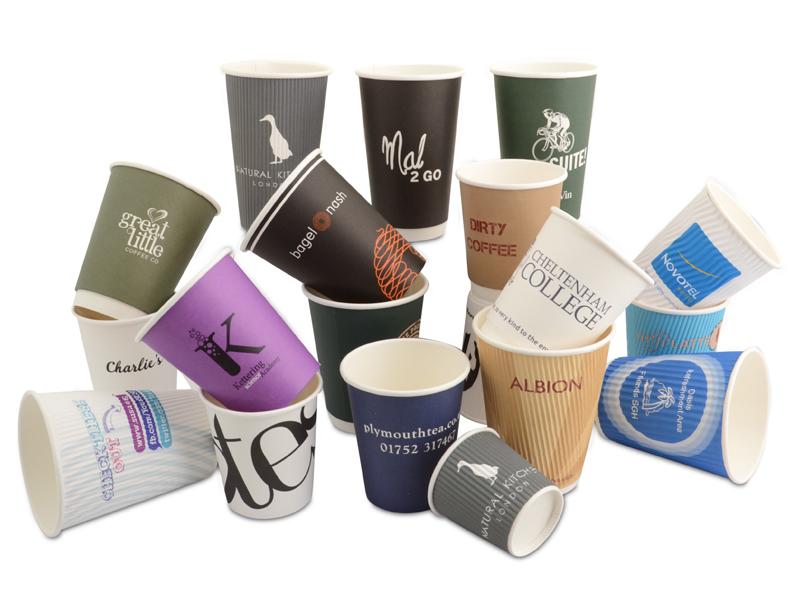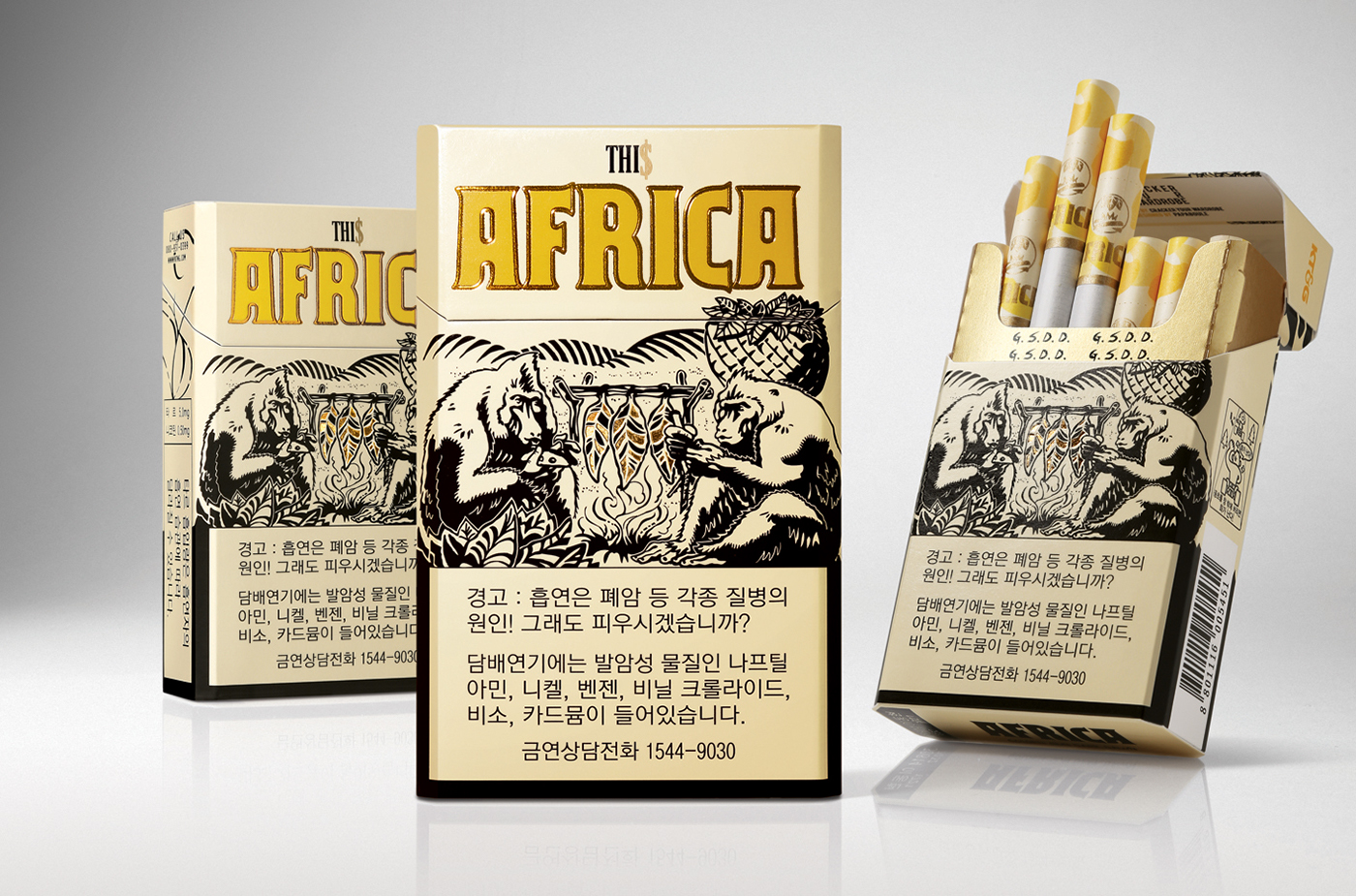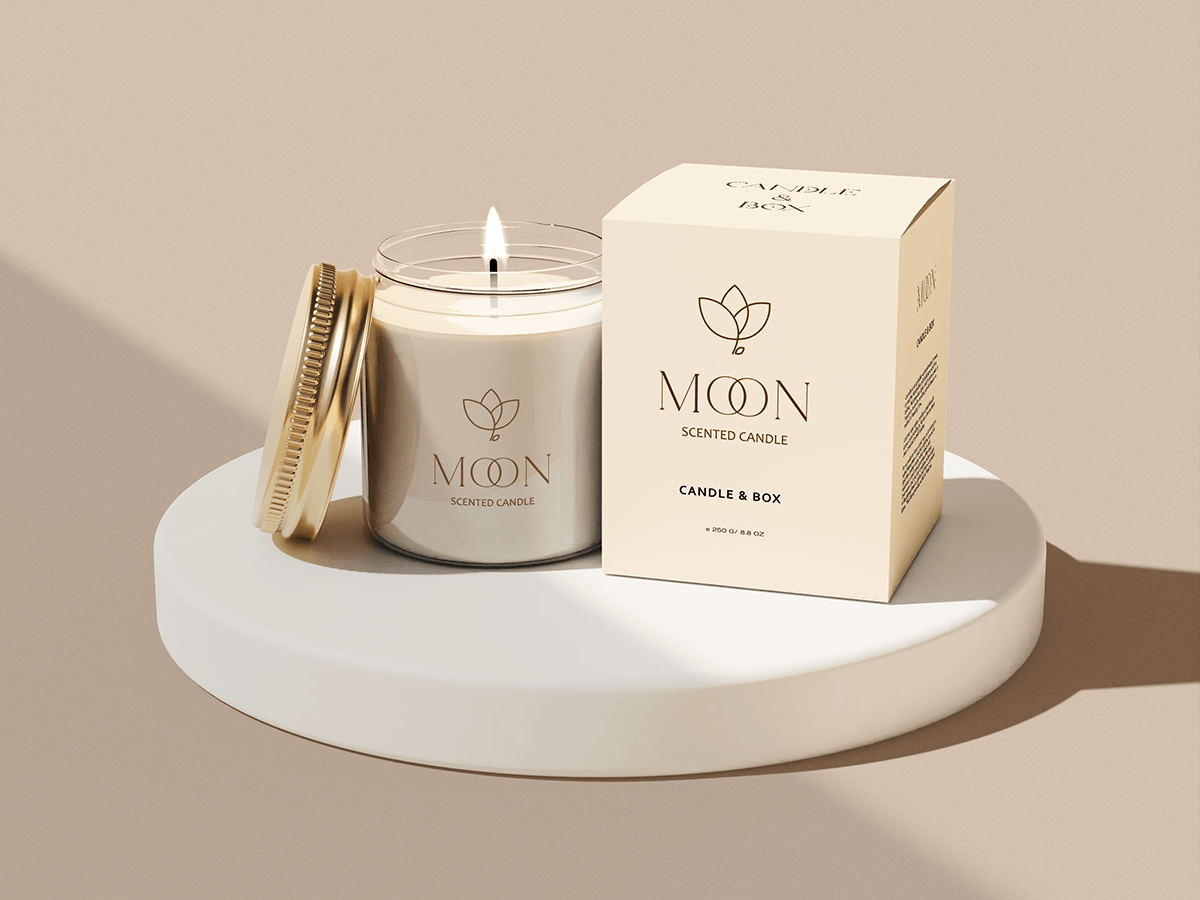How to Choose Durable Materials for Pillow Boxes

Strong 8k brings an ultra-HD IPTV experience to your living room and your pocket.
Choosing the right materials for pillow boxes is important when you want to ensure both durability and quality. These boxes are often used for gifts, product packaging, and retail displays, so their strength and look matter a lot. In this guide, you’ll learn how to select the best durable materials that help protect items while also enhancing their appearance.
Understanding the Purpose of Pillow Boxes
Before picking materials, it’s important to understand how the boxes will be used. Pillow boxes can be used to pack small items like jewelry, cosmetics, or even clothing accessories. In some cases, they hold heavier or more delicate products. Knowing the use helps decide which material can hold weight and still look attractive. If the box is meant for shipping or retail use, the strength of the material becomes even more important.
Many pillow boxes are made for short-term use, such as gift packaging. However, if the goal is to create lasting impressions or store items longer, you need something stronger. Durability also affects how well the box holds its shape. A weak material may bend or tear quickly. This affects how the box is displayed and can harm the item inside.
The way a box is used also affects whether it needs coatings or layers. For example, if the box will be exposed to moisture or handled often, coated paperboard or plastic laminations may be necessary. All these factors point toward why understanding the purpose is the first step in choosing the right material.
Evaluating Printing Methods and Material Compatibility
When picking durable materials, think about how well they support printing. A good-looking box can boost your brand’s image. But not all materials print the same way. Some need special inks or methods.
Paperboard works well with offset and digital printing. It absorbs ink nicely and gives sharp results. This makes it great for designs that include fine text or detailed logos. Kraft paper, however, has a rough surface. It may not show light colors well. But dark and bold designs work well on it.
Flexographic printing is another option. It works best for simple designs and large batches. It’s cost-effective for kraft paper and recycled materials. But it may not provide the highest print quality for complex graphics.
Make sure to test how the material responds to your chosen printing method. This prevents issues like smudging or poor color. Good print compatibility also affects how well your brand stands out.
For brands looking to use custom pillow boxes with logo, material choice is even more critical. A well-printed logo on a strong box creates a better brand image. It also makes the box more functional and professional.
Choosing Between Paperboard and Kraft Paper
Two of the most common materials for pillow boxes are paperboard and kraft paper. Both have their strengths, and the choice often depends on what the box will be used for.
Paperboard is smooth and has a fine finish. It is easy to print on and is available in many thickness levels. This material is perfect for boxes that need to look attractive while staying firm. You’ll often see paperboard used in cosmetic or gift boxes where the design matters. While not the strongest material, its sturdiness improves with added thickness or lamination.
On the other hand, kraft paper is more natural-looking and eco-friendly. It’s often used for its brown texture and rustic charm. Though not as smooth as paperboard, kraft paper is surprisingly strong. It’s also biodegradable and recyclable. This makes it a great choice for brands that want to stay eco-conscious.
Both options are foldable and can be die-cut easily into the pillow shape. When choosing between the two, consider whether the look or the strength matters more for your purpose. Paperboard fits luxury packaging, while kraft paper is better for a natural and strong feel.
Why Corrugated Cardboard Can Offer Extra Strength
Corrugated cardboard is often used in heavy-duty packaging, and for good reason. It consists of fluted layers between two flat linerboards. This makes it very strong and resistant to crushing or bending.
If your pillow boxes are meant to carry heavier items or will be shipped, corrugated cardboard is worth considering. It keeps products safe and reduces the risk of damage during transport. While not a common choice for small pillow boxes, mini versions of corrugated board are now being used more often for extra strength.
Corrugated boxes are also easy to customize. They can be printed on, coated, and even laminated to improve their look. Some brands combine the durability of corrugated cardboard with the appeal of kraft or paperboard by using a coated outside layer.
One limitation is that corrugated cardboard is thicker and not as sleek as paperboard. This might not work well for elegant displays. Still, for protection and strength, it remains a top choice. Especially when durability is more important than appearance, this material stands out.
Importance of Material Thickness and GSM
Material thickness, often measured in GSM (grams per square meter), plays a big role in durability. A higher GSM usually means a thicker and stronger material. For pillow boxes, GSM can range from 250 to 400 depending on the use.
Low GSM paperboard might be good for light items or single-use boxes. But if you’re packing products that will be handled or stored longer, going for a higher GSM is a smart move. It keeps the shape of the box firm and prevents bending.
When choosing material, ask the supplier about the GSM. Also, request samples if possible. This helps you feel the thickness and decide what works best for your product. Brands that invest in stronger materials often create a better impression and reduce the risk of product returns due to damaged packaging.
Remember that thickness also affects printing and folding. Very thick material might not fold well into a pillow shape unless carefully processed. Balancing strength with flexibility is key when choosing material based on GSM.
Exploring Eco-Friendly Material Options
Today, many customers are looking for packaging that’s kind to the planet. Choosing eco-friendly materials not only helps the environment but also builds trust with customers. There are many durable options that are also sustainable.
Recycled kraft paper is one of the best eco-friendly choices. It is strong and offers a natural look. It is also cost-effective and supports recycling efforts. Bamboo paper and sugarcane paper are also becoming popular. These materials are strong, biodegradable, and unique.
Another option is compostable bioplastics, though they are less common in pillow boxes. These materials break down naturally and offer good strength for light packaging. Always check if the materials are certified compostable or recyclable.
Using sustainable materials doesn't mean you must sacrifice quality. Many eco-friendly materials are just as strong as traditional ones. They are also becoming easier to source and more affordable. Choosing such materials shows care for the environment and meets growing market demand.
How Coatings and Finishes Add Durability
Adding coatings and finishes to the material can increase its life and strength. Coatings help protect the box from water, dust, and scratches. This is especially helpful for retail and gift packaging where appearance matters.
Gloss coatings make the box shine and protect the print. Matte coatings give a soft, smooth look and resist fingerprints. Both options improve durability and visual appeal. Some coatings also help the box resist tearing or bending.
Another finish option is lamination. Laminated pillow boxes have an extra film layer that gives more strength. They feel smoother and last longer. They also resist moisture better, which helps protect the items inside.
UV coating is another great option. It involves curing a liquid coating with ultraviolet light. This makes the surface very hard and durable. It’s especially good for boxes used in humid areas or those placed in display racks.
These finishes make your pillow boxes look better and last longer. They help you meet both brand and customer expectations. So, coatings are worth considering if you need more than just basic packaging.
Conclusion
Choosing durable materials for pillow boxes is essential for protecting your products and presenting your brand in the best light. By understanding the purpose of the packaging, comparing materials like kraft paper, paperboard, and corrugated cardboard, and considering key factors such as thickness, eco-friendliness, and coatings, you can make informed choices that enhance both quality and value. Investing in strong materials also improves customer satisfaction and reduces the chances of product damage. When your packaging lasts longer and looks better, it leaves a lasting impression. Whether you're creating luxury boxes or eco-friendly options, the right material sets the foundation for packaging that performs well and represents your brand with confidence.
Note: IndiBlogHub features both user-submitted and editorial content. We do not verify third-party contributions. Read our Disclaimer and Privacy Policyfor details.







